Birdwatching in Suriname - Is Gardenbsquared getting lazy?
There's a big difference between Birding and Birdwatching. A birder tries to spot as many different birds as possible while a birdwatcher, you guessed it, is watching birds. To spot as many birds as possible one has to go out, and sometimes through great lengths, to spot that one bird that is not on one's list yet. I've spotted quite a few birds now and it's getting increasingly difficult to spot some more. I've got to go to other areas of the country to find more birds but I'm a bit short on cash at the moment so that has to wait.
Spotting a bird for the first time is very exciting. But what I like even more is sitting in the garden at the end of the day and watch the birds. (Of course with a gin-fizz and some herbal refreshment.) In the meantime I've got my camera ready to photograph any interesting bird that might arrive.
So my Birding posts will now become Birdwatching posts. And yes, I love to be lazy if I can. Of course sometimes I do spot a new bird. Like this gull, it's number 65 on my list of spotted birds.
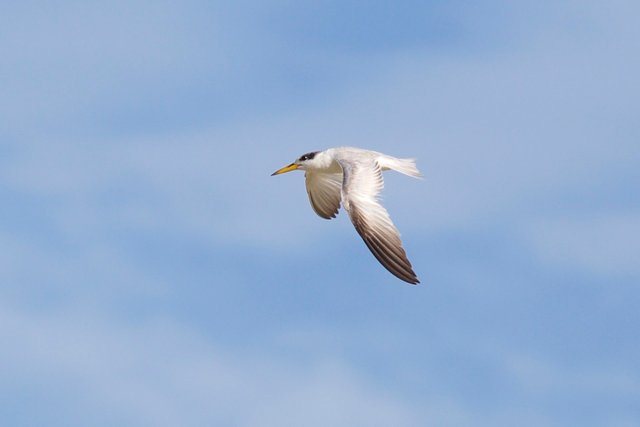
Yellow-billed Tern (Sternula superciliaris)
The Yellow-billed Tern is a gull that lives along the coast but also goes land inwards to fish in the canals and rivers. Like most birds of the same feather, they flock together but this one was on its own.
This gull reminded me of "Jonathan Livingston Seagull", the famous fable from Richard Bach. In 1973 a film was made based on this novella and the soundtrack was song and recorded by Neil Diamond.
When I was just a child, about 7 years old, I loved this album. I played it all day long. I knew it was about a seagull who dreamt of flying higher and higher and that's all I knew. But as a child you have your own fantasies about music, I wish I could remember them.
This gull only lives in South America. It feeds on small fish, shrimps and insects. The Yellow-billed Stern is not threatened but their worldwide population is estimated at only 25.000 - 100.000 individuals. Their breeding habits are practically unstudied but apparently they breed in November here in Suriname.
When I spotted this bird for the first time I thought it was a White Hawk. Later I thought it was a Grey-headed Kite and now I'm quite convinced it's an Osprey. The Osprey can been seen throughout the year but they breed in North America. They fish in the lagoons along the coast but they can also be found along the rivers and canals more land inwards. When hunting they fly over the water until they spot a suitable fish. Then they hover above it, dive downwards at the right moment. They straighten themselves with their feet in front of them. They catch the fish and then fly away to eat it in a tree.
In this picture it's chased away by probably a Purple Martin. The Osprey also goes by the names Fish Hawk, Sea Hawk and River Hawk. A lot of young birds remain here during the summer while the elder fly back to North America to breed. This must be a younger bird. The drawing on its face and its bill are not as dark as it would be with an adult.
There are actually three birds in this picture. But you have to look twice to spot them. There are two Green-rumped Parrotlets (Forpus passerinus) and a Tropical Mockingbird. The birds were very far away. I didn't even realise that there were three birds when I took this picture.
When I take a picture this is what I get. A very small bird, quite far away. I only have a 200mm lens so I almost always have to crop the picture.
The same picture but now cropped. These parrots are the smallest parrots in South America. They are only 12cm long and weigh 23 grams. They form very strong pair bonds and breed in June - November during the rainy season. They eat seeds from grasses and herbaceous flowering plants.
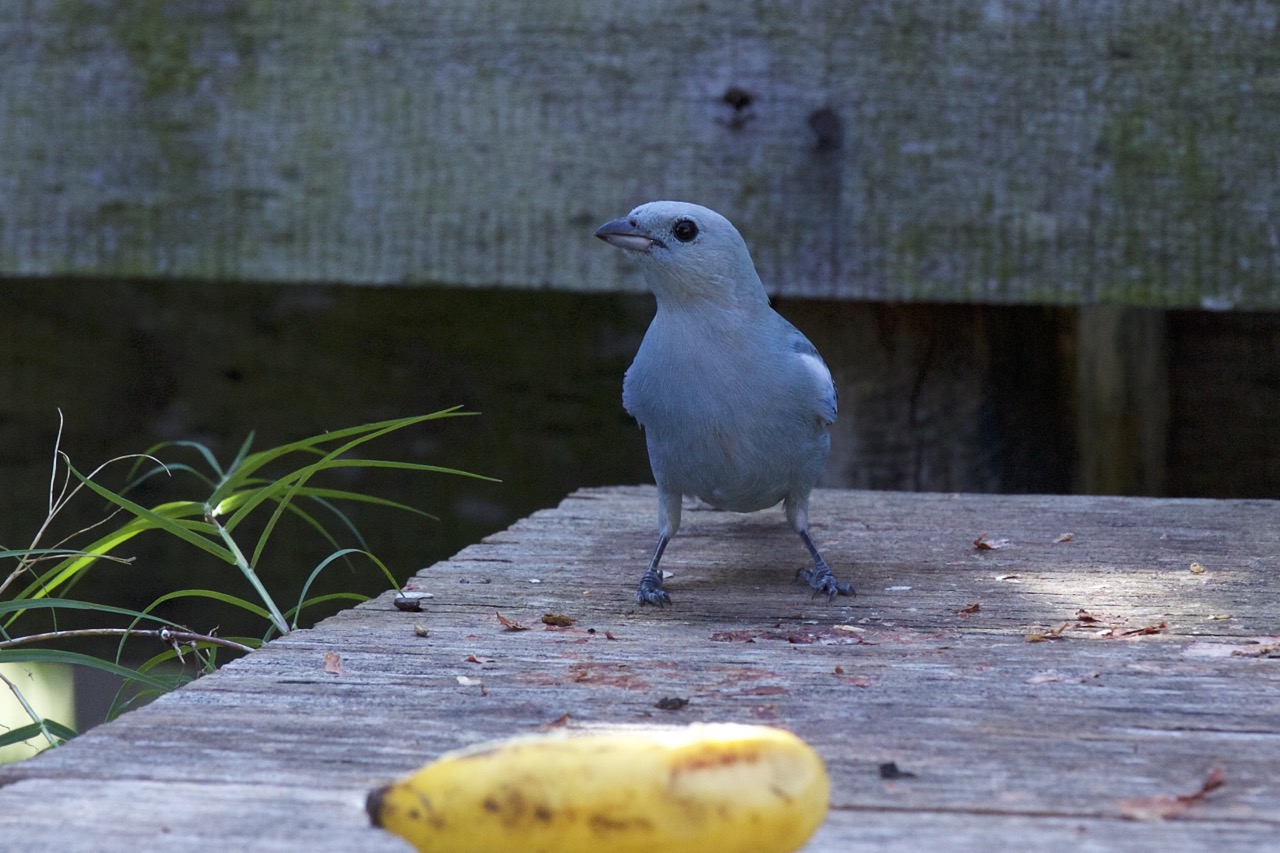
Blue-grey Tanager (Tangara episcopus)
If one wants to get really lazy photographing birds you simply attract them with some fruit. These tanagers love fruit like banana, mango and papaya.
They are very careful when they are eating. Continuously looking around for any danger. This one flew of the moment it heard the shutter of my camera.
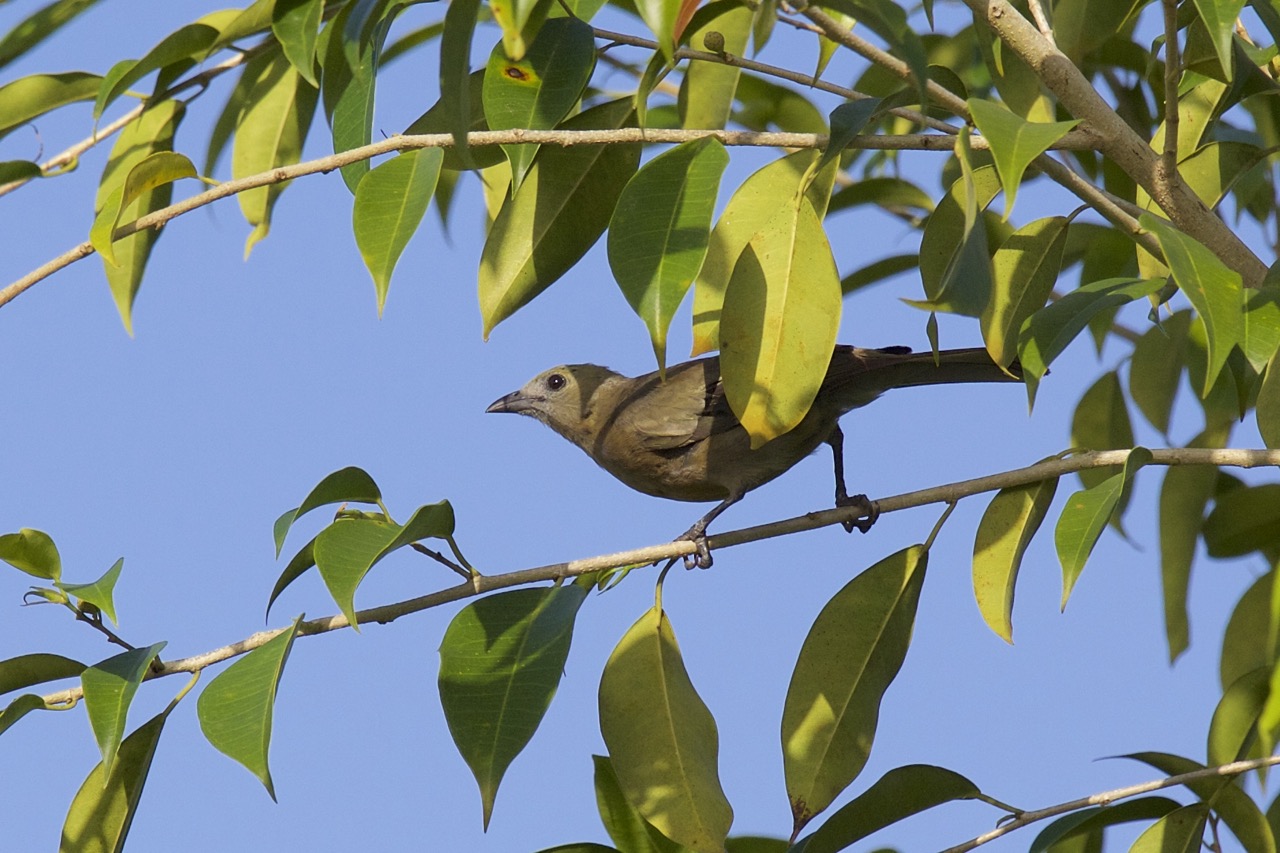
Palm Tanager (Thraupis palmarum)
If the Blue-grey Tanager is around then the Palm Tanager is not very far away. They are very close related. So close that they even interbreed.
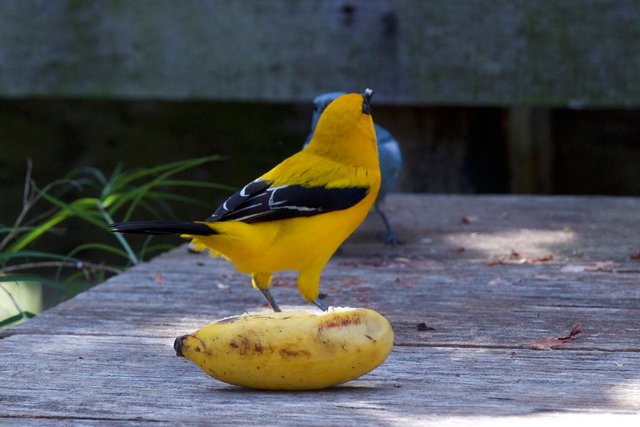
Yellow Oriole (Icterus nigrogularis)
The Yellow Oriole also loves fruit but it also eats insects. They are nesting nearby. We see them more and more in our garden.
The Snowy Egret is a very common bird here in Suriname but it's very rare to spot it in our neighbourhood. It's mainly found along the coast and in the mangrove forests. They forage on the mud planes looking for small fish and crab.
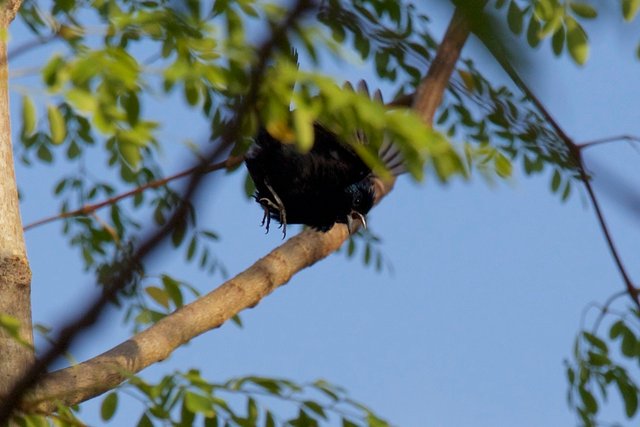
Blue-black grassquit (Volatinia jacarina)
This Grassquit is not having a fit nor is it attacking something. It's doing its jumping display and by the look on its face he takes it quite seriously. They can jump up and dow for minutes on end always combined with a high-pitched call.

Striated Heron (Butorides striata striata)
This young Striated Heron must be careful. There is something watching him from the other side of the canal.
I don't know if the cayman would attack these birds but I can often hear them flying off screaming. This sets of all the dogs in the neighbourhood. The Striated Heron is a very common bird, you can always find them along the canals.
Quite a few familiar faces in this post. This will most likely be the case for the future posts as well. There are not that many birds that I haven't shared yet. Still I hope you enjoyed this post.
Much love,
Gardenbsquared
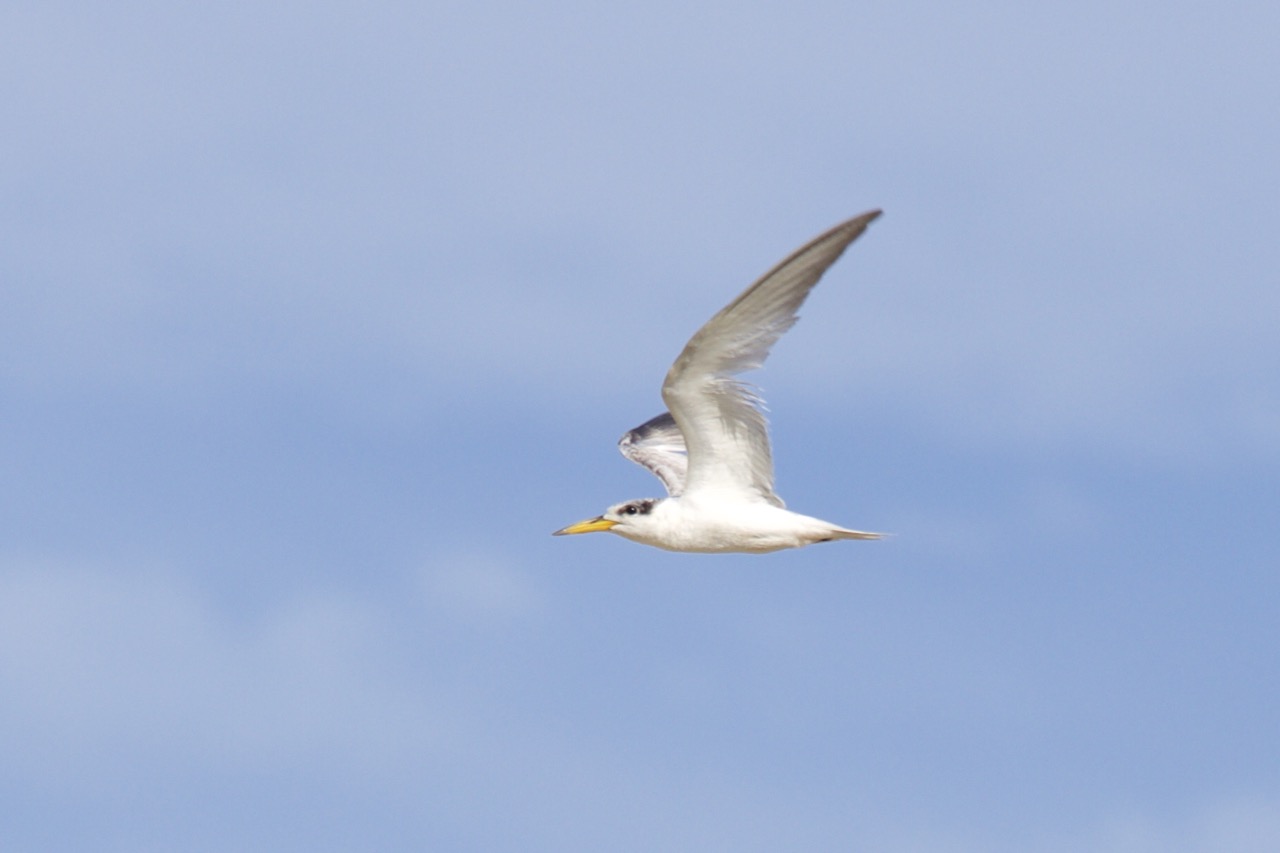
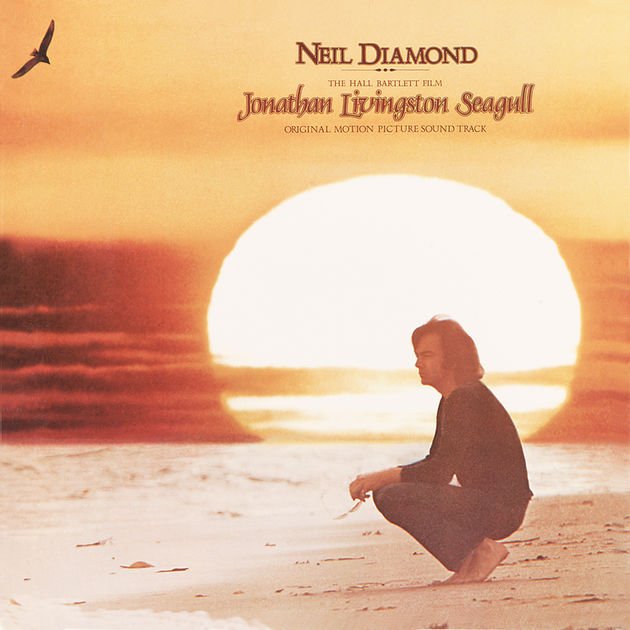
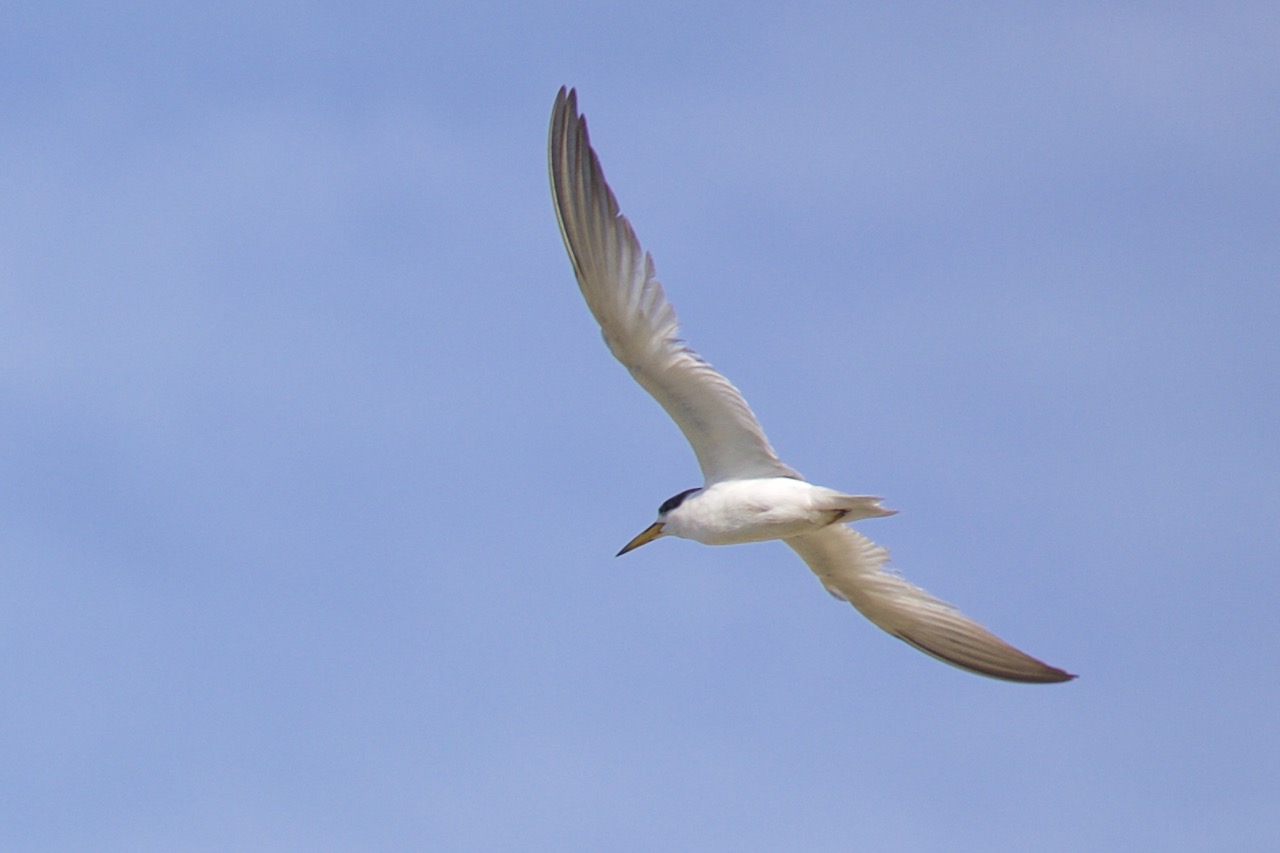
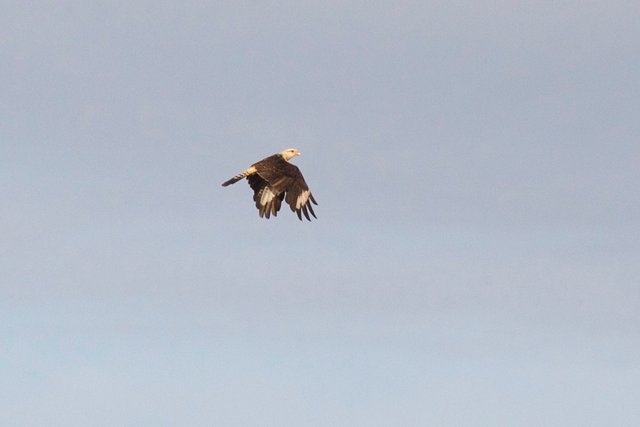
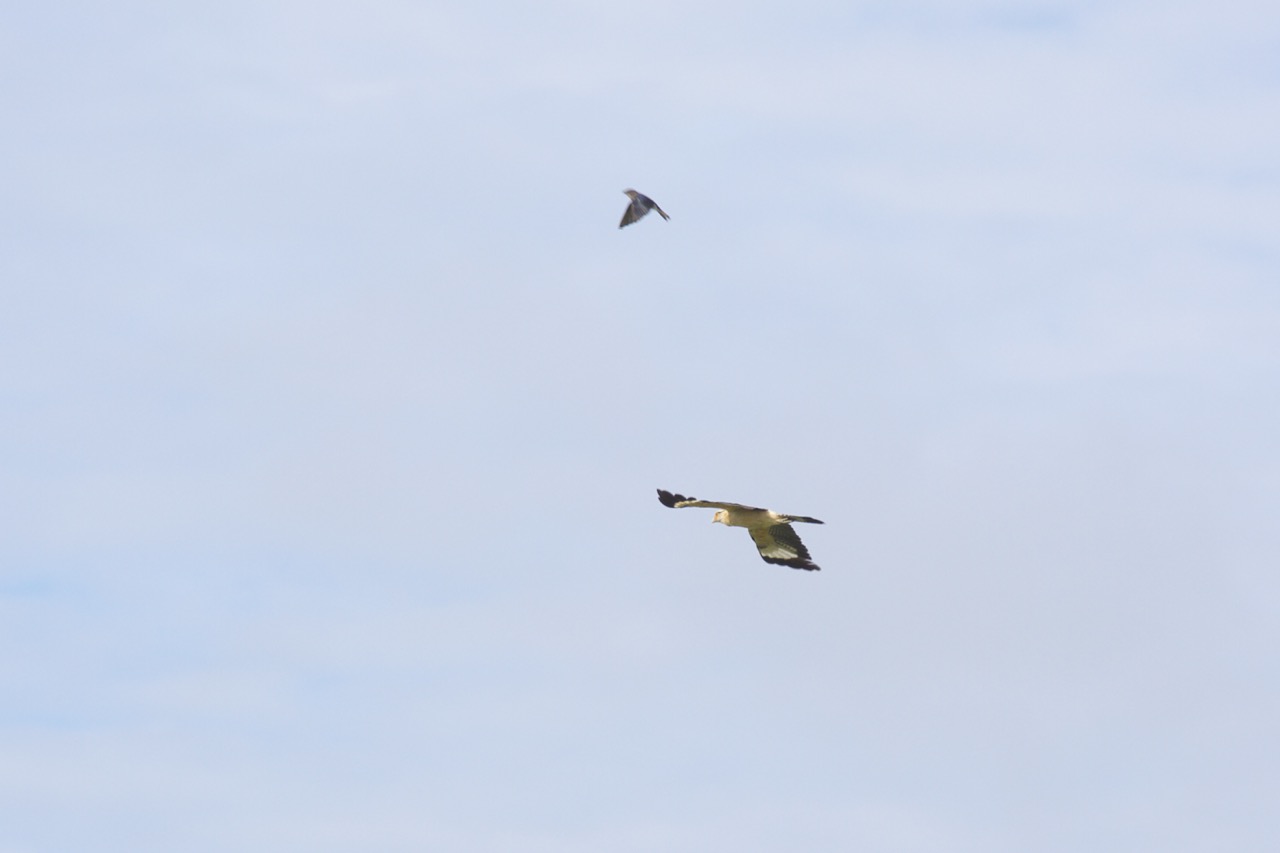

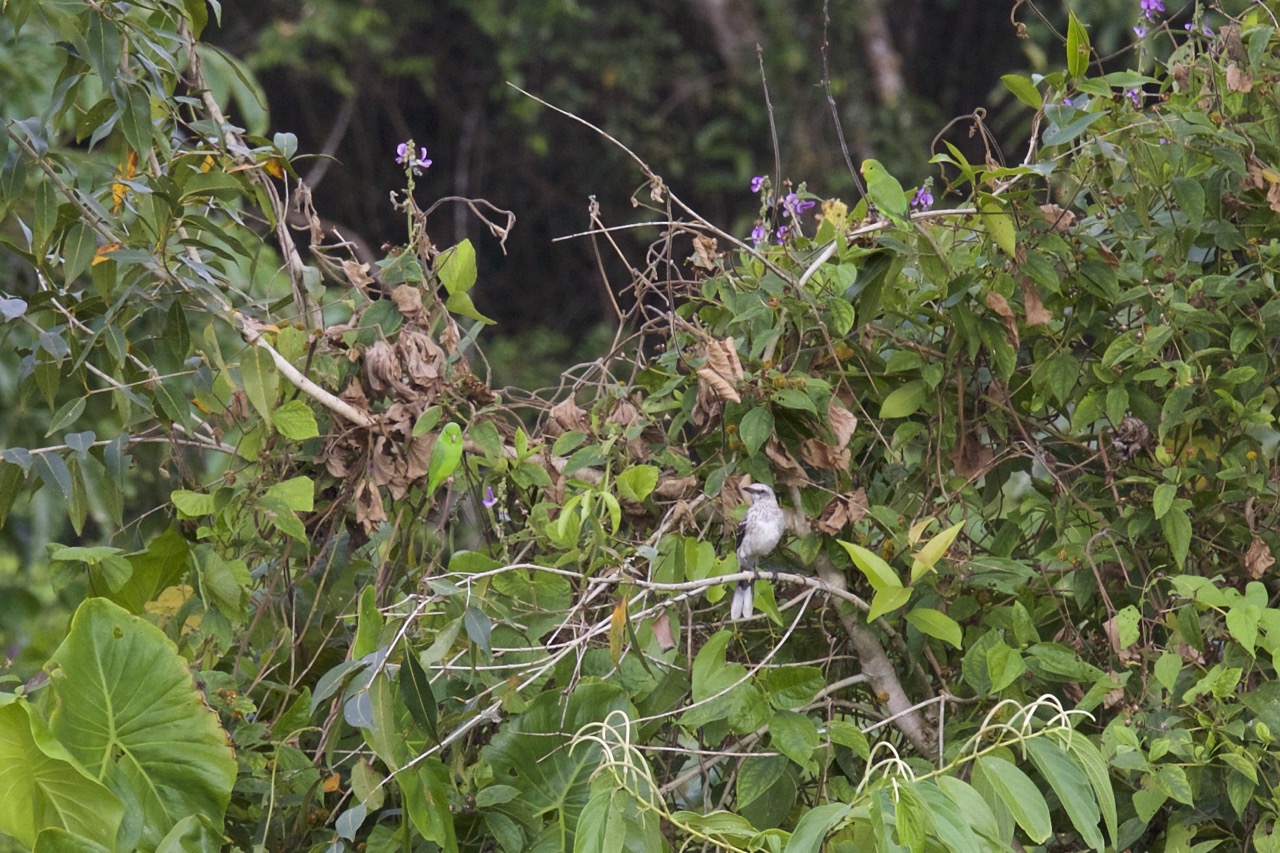
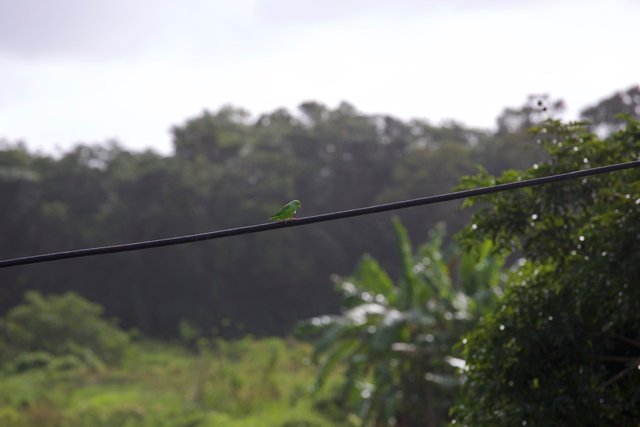
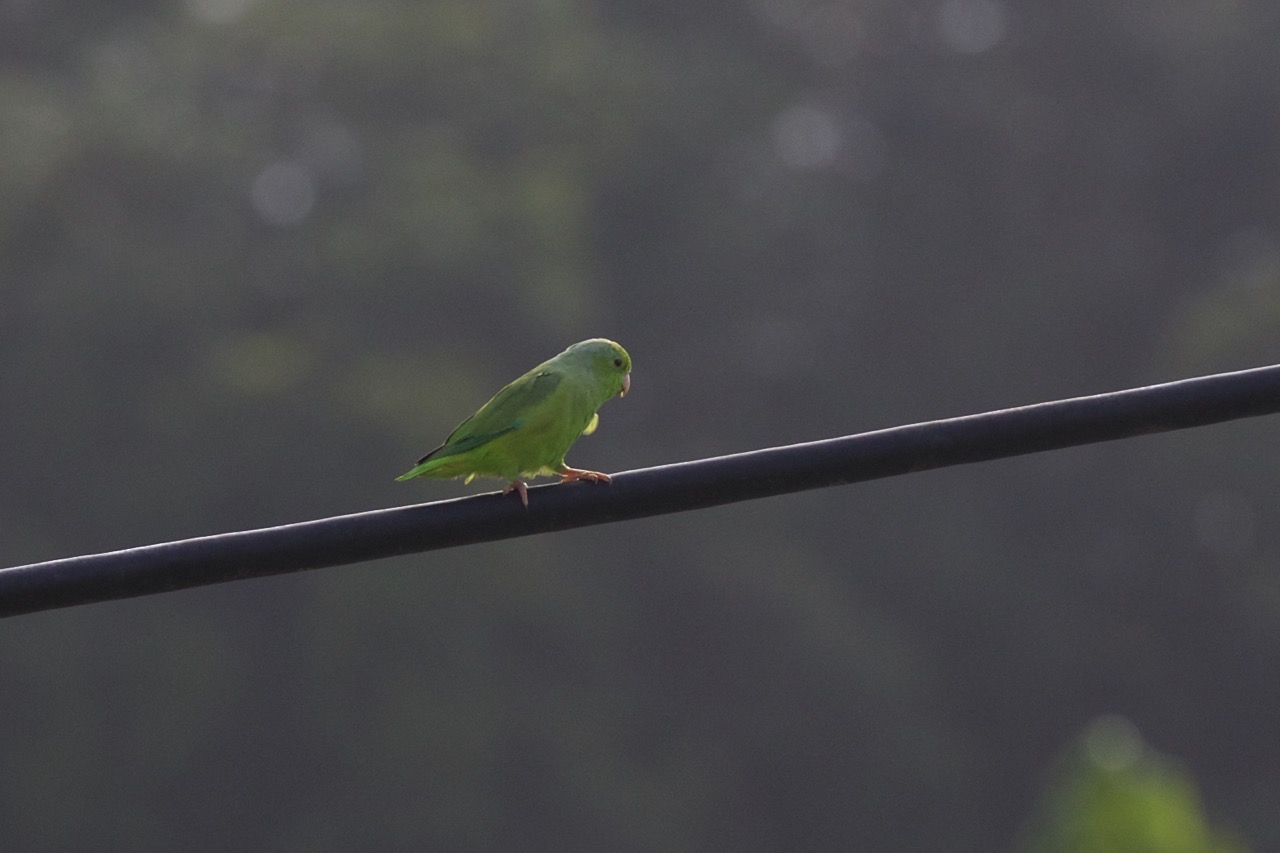

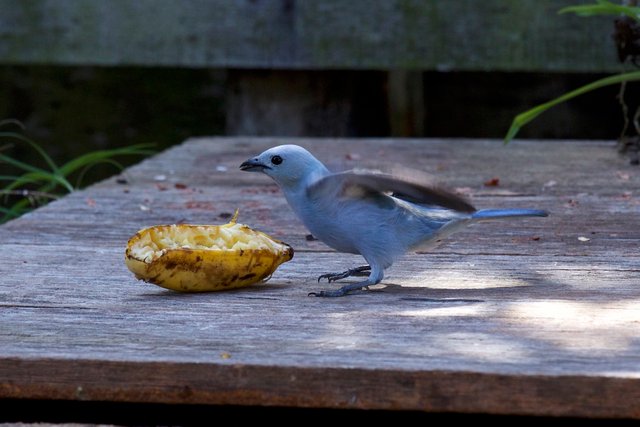

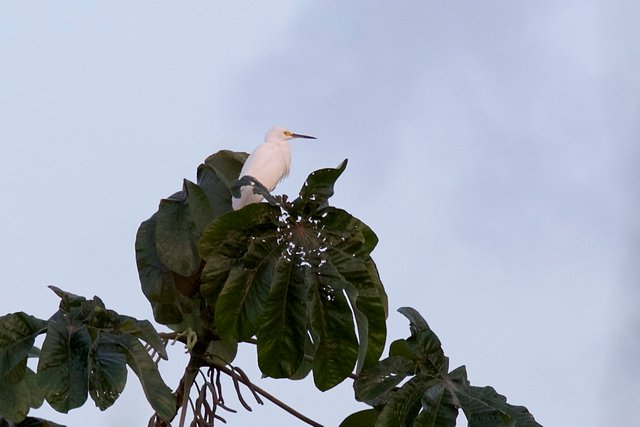
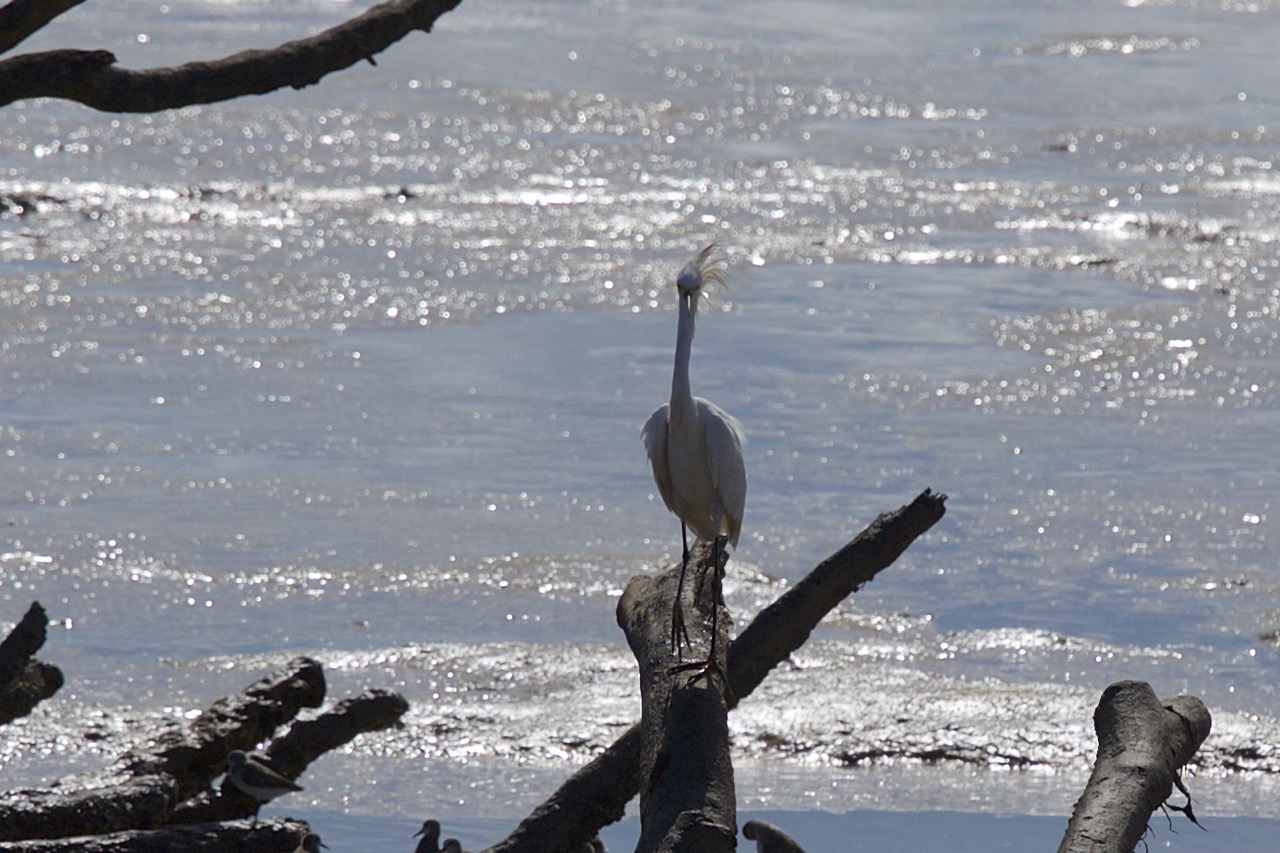

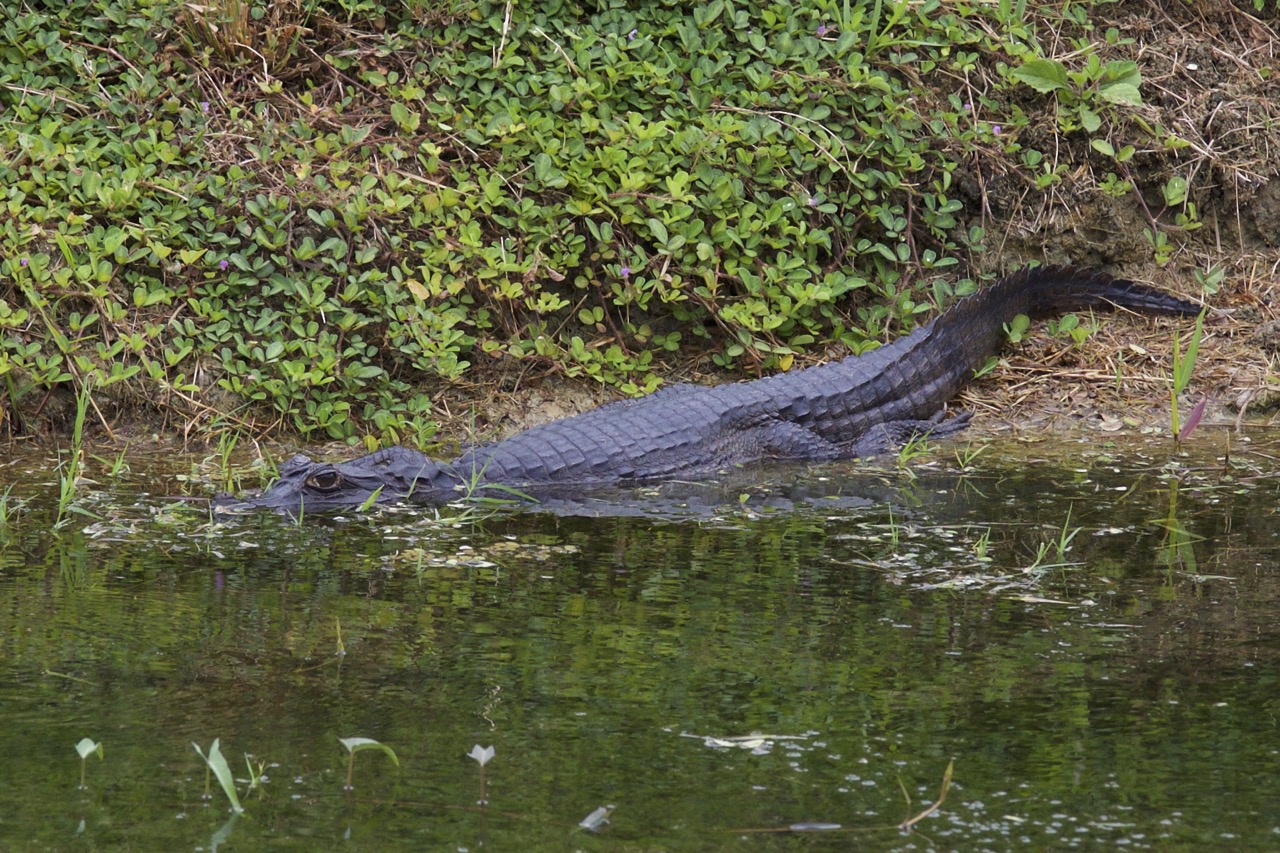
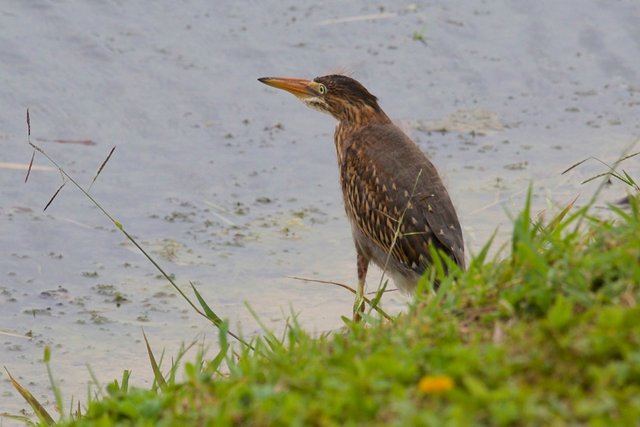


This gem of a post was discovered by the OCD Team!
Reply to this comment if you accept, and are willing to let us share your gem of a post! By accepting this, you have a chance to receive extra rewards and one of your photos in this article may be used in our compilation post!
You can follow @ocd – learn more about the project and see other Gems! We strive for transparency.
Let me know if you have any questions regarding the project or nomination. Hope to hear from you soon!
Thank you @geke. It's always an honour that a post is discovered by @ocd. I gladly accept.
That Yellow Oriole is such a beauty with its color scheme. I was fortunate enough growing up to be in the scouts and once a year they took us to a bird watching event. I forget the name of the group that ran it but they were tagging the birds so they could track migration patterns. It was really cool seeing them put little rings with a tracking number around one of their legs form the ones they were catching and releasing. That was ages ago!
I use to have a little book to try and identify different kinds of birds on all the camping trips I went on. Sadly I never took any photos as that was ages ago.
I remember that as well. We as children learned about it in primary. There was a lot of study being done as far as I can remember. But it's never too late to look at the birds again.
Plaese help me upvote have .
Hi @afridayanti, I hope you know English enough to understand this but what you're doing doesn't work. I looked at your blog and this is the only comment that you make or similar. You already been flagged several times. That's why your reputation is going down (19). Maybe it's better to stick to your own language and build a community from there. Be yourself. Say something nice if you want an upvote.
But thank you for your upvote.